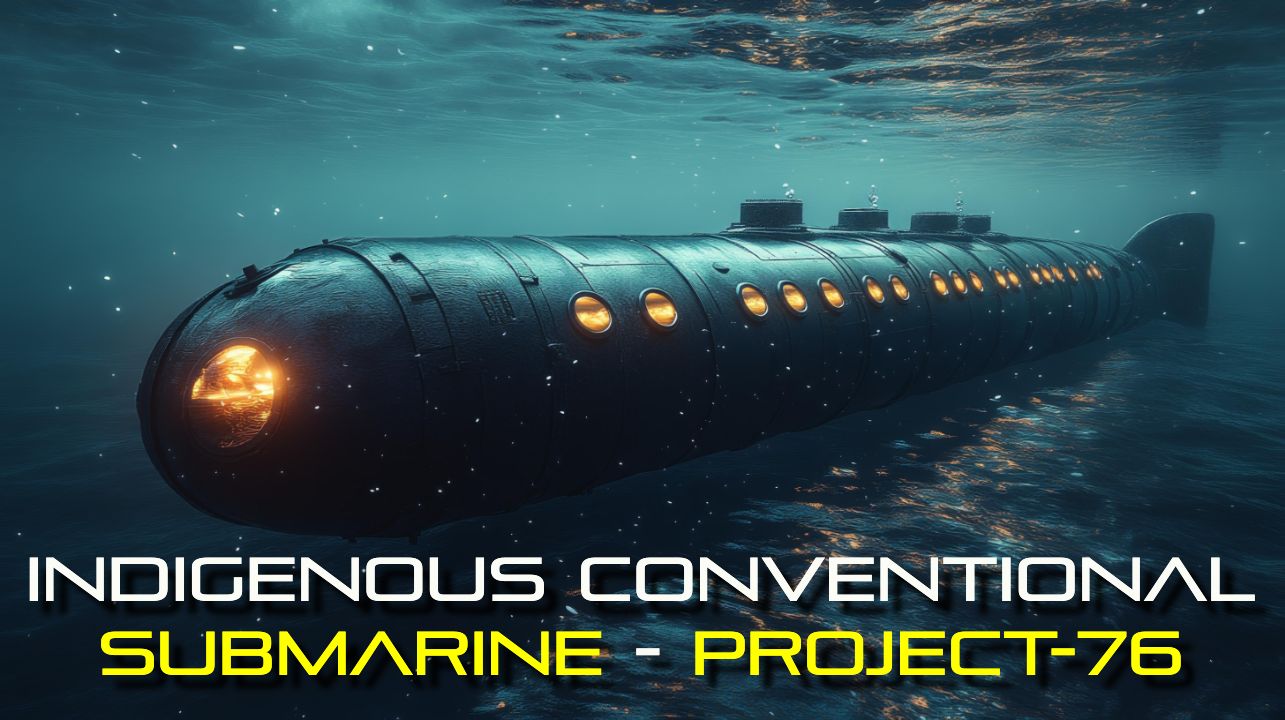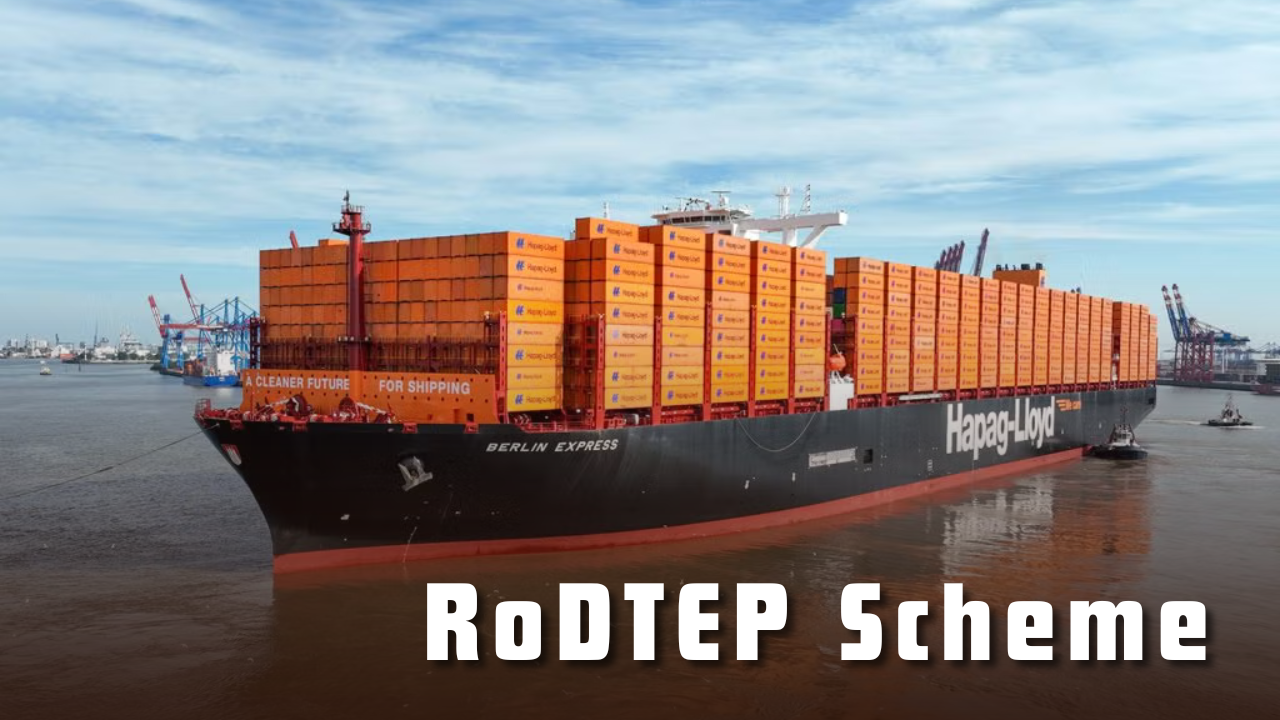Font size:
Print
Indigenous conventional submarine -Project-76
Context: Defence Research and Development Organisation (DRDO) has taken up a preliminary study on the design and development of an indigenous conventional submarine under Project-76.
About Project – 76
- The project is a collaborative effort between DRDO and the warship design bureau of the Indian Navy.
- The Navy has a 30-year submarine building programme and after the P-75I(India), it intends to design and build conventional submarines indigenously.
- Under P-76, there will be substantial indigenous content, including weapons, missiles, combat management system, sonars, communications, Electronic Warfare suite, mast and periscope.
- The Indian Navy wants to build 12 conventional diesel-electric submarines with AIP systems, indigenous Weapon Control systems, & Lithium-ion batteries. under Project 76.

Air Independent Propulsion (AIP) System
- Air Independent Propulsion (AIP) module designed and developed by DRDO is undergoing refitment on the Scorpene class submarine Kalvari is expected in 2025.
- AIP module acts as a force multiplier as it enables conventional submarines to remain submerged for longer duration thereby increasing their endurance and reducing chances of detection.
- DRDO-developed AIP module is phosphoric acid based which is widely available.
- An AIP module has a stack of 24 fuel cells generating hydrogen.
- Components: This system operates with two primary components: a fuel and an oxidant. These components generate electricity through either a heat engine (e.g., closed cycle diesel) or an electrochemical cell (e.g., lead acid batteries, fuel cells).
- Working Principle:
- Diesel-electric submarines are susceptible to detection while snorkelling. This vulnerability was addressed by employing nuclear power though this solution is costly to implement.
- To achieve long underwater endurance more economically, fuel cells have been utilised. These cells can be recharged by the diesel engine and serve as an auxiliary energy source during underwater operations, allowing for extended submersion.





